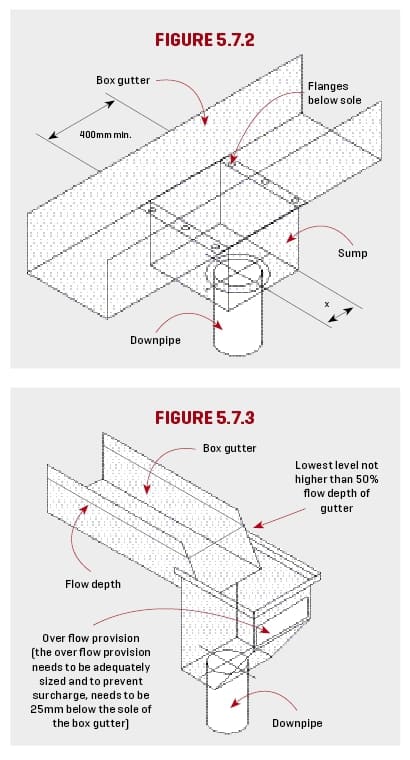An eave gutter must be supported by suitably fixed brackets at the stop ends and spaced at not more than 1 2 m centres along the entire length of the gutter.
Gutter bracket spacing australia.
The recess lip on the bottom of the actual fascia carries the soffit between the fascia and the external lining of the building.
Rafter brackets are required at maximum 1200mm centres for sheet roofing.
Before buying talk with your supplier to ensure the gutter system you have selected meets the criteria.
Where metal fascia is used brackets must be placed within 150mm either side of the rafter brackets.
For rainy climates where gutters will handle a larger amount of water for long periods they should have a maximum distance of 18 inches apart between them.
The top of the fascia does not carry the roof.
If you live in a warm place with sporadic rain you can hang gutter hangers close to the middle of the gutter with a spacing of no more than 36 inches or three feet apart from the center.
It generally sits 20mm below the roof underside of the roof line.
Gutter brackets spacing should not exceed 1200mm.
Fascia support spacing sheet roofing will require a purlin or batten immediately behind the fascia to support the sheet end span.
The maximum support spacing for tile roofing is 600mm if the.
Working up high is hazardous so also hire scaffolding on wheels to provide easy access and simplify the installation process.
Almost all stratco gutters feature the ingenious hook fold suspension rib on the back of the gutter.
The minimum gutter fall to a downpipe is 1 500 meaning an extra 2mm of fall for each metre of gutter.
For warmer climates you can hang gutter hangers as close to the center of the gutter at a spacing of no more than 36 inches or three feet apart from the center.
Everything you need to complete your guttering project is available at stratco including gutter mitres gutter angles gutter brackets gutter clips stop ends gutter mesh downpipes outlets rainheads sumps and fascia.
The positioning of the bracket can vary depending on the soffit line and the roof.
For colder climates or climates that have more snow and ice you should space them so they are able to carry the extra weight for longer periods throughout the season.










